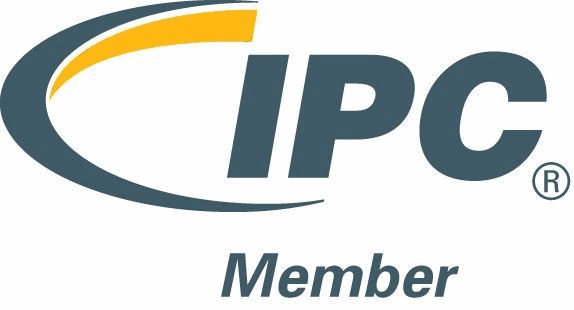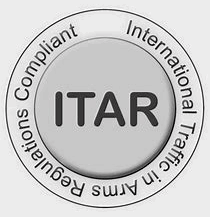At MPL, we believe continual improvement of PCB assembly techniques are the key to providing customers with the highest quality final product. As a result, our team has developed reliable strategies to ensure that each project involving conformal coating is executed according to the highest industry standards. Explore our tips for successful PCB design, especially as it concerns the conformal coating process.
Cleaning and Conformal Coating
The effect of the conformal coating process is truly dependent on the very first step— cleaning. By removing harmful residue prior to any conformal coating procedures, you can rest assured that the curing and adhesion process will not be contaminated.
While the pre-assembly cleaning stage is an important one, there is not one standard method of procedure. Instead, there are different types of cleaning techniques that can be used, depending on application requirements. The most popular method is also the most time consuming— manual cleaning. By inspecting and treating each PCB by hand, assemblers can verify that each individual product is ready for the next step of production before the conformal coating process begins. More automated techniques can be ideal for large orders, as they prioritize time efficiency. Deionized water wash and ultrasonic cleaning are just two of these alternative PCB cleaning methods to consider when preparing a product for conformal coating.
Work with a partner that understands the importance of the cleaning stage, as well as every step of the conformal coating process, to ensure the highest quality end-results.
Conformal Coating for Harsher Environments
It is useful for PCB assemblers to verify the precise amount of coating thickness required for each project. An incorrect amount of conformal coating can be particularly detrimental to printed circuit board assemblies operating in harsh environmental conditions. While it may be tempting to use a thicker layer, the additional material does not actually provide added protection. Instead, the thickly applied coating may entrap solvent, which subsequently puts the assembly at a greater risk for outside damage to occur, not less.
Tips for Designing in the Smallest Form
Conformal coating also factors into the design of many printed circuit boards, affecting the size of the assemblies. As mentioned above, it is useful for manufacturers and assemblers to avoid applying conformal coating too thickly, as it will increase the risk of failure when placed in a challenging environment. Fortunately, there is an additional benefit to applying conformal coating more thinly— less coating allows for a smaller resulting assembly, which is typically a great advantage within the electronics industry.
As far as conformal coating strategies for minimizing PCB designs are concerned, there are additional design strategies to consider while assembling to save space. Because “coating bridging” can occur when PCB components are spaced too closely together, there are limits to how small a board can be when it will undergo the conformal coating process. This issue can be worked around, however, when designers carefully deliberate which areas of the printed circuit boards must be coated with conformal coating and which must remain bare. By adjusting the conformal coating process, designers can take full advantage of conformal coating while simultaneously achieving a space-efficient assembly.
Conformal Coating to Achieve the Lightest Weight PCB Assemblies
In addition to producing smaller PCB designs, conformal coating can affect the amount of weight of an assembly. With several coating options to choose from, including silicone, acrylic, polyurethane, and more! While it is important to choose a coating based upon the application needs, such as moisture-proofing requirements or the ability to behave correctly within particular temperature ranges, it is also important to consider how the coating material will affect assembly weight as well. By working with a company that understands the benefits and limitations of conformal coating materials, you will set yourself up for success.




